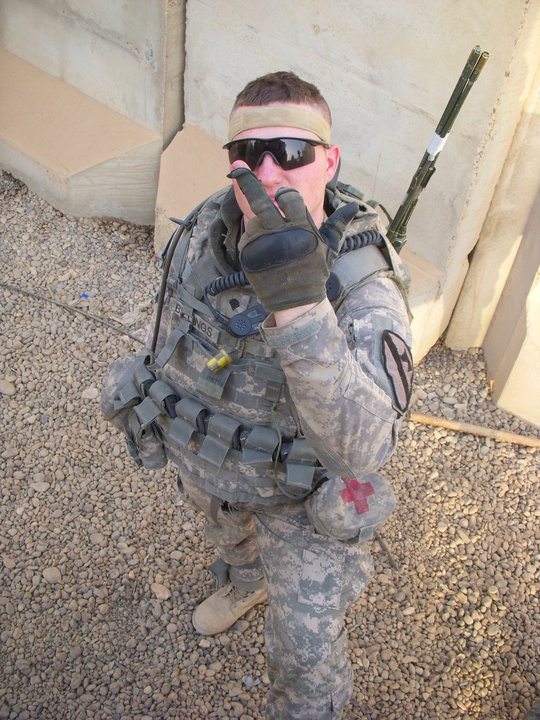

Navy SEALs, and members of MACV-SOG acquired the universally revered “ tiger stripe” pattern as they worked deep-penetration operations alongside their South Vietnamese counterparts.ĭuring the Cold War, the camouflage pattern that became general issue for the entire U.S. The uniforms saw limited usage, but special operations units and reconnaissance platoons requested a need for clothing to adapt to the environment. Army’s Engineer Research and Development Laboratory (ERDL) developed a four-color camo uniform in 1948 that consisted of shades of light green, dark green, brown, and black.

/arc-anglerfish-arc2-prod-mco.s3.amazonaws.com/public/IDQELOHCYBGQPPTUS4PE6FRCXQ.jpg)
In Vietnam, there was no official camouflage uniform for troops, but in the jungle environment, most soldiers wore an all-green “boonie suit.” The U.S. Interestingly, De Freitos is wearing a two-piece herringbone twill (HBT) camouflage that was used by Marines in the Pacific but was quickly abandoned in the European theater because of its similarity to the SS uniform. Private Joseph De Freitos of Yonkers, New York, of the 41st Armored Infantry Regiment, 2nd US Armored Division, heats his rations on a stove. These camouflage uniforms were also used by Brigade 2506, who were issued the frog suits by the CIA during the failed Bay of Pigs invasion. The Marines adopted a similar design called the frog pattern helmet cover during the Korean War. Marine Corps units, including the Marine Raiders, wore reversible M1942 camouflage uniforms referred to as “ frog suits” - one side was a greenish camo for jungle warfare, and the other side was tan for the beach environments frequented during the island-hopping campaigns. Since most American soldiers didn’t wear camo uniforms, “ friendly fire” incidents rose in frequency as a result. Army soldiers donned HBT camouflage uniforms made from cotton that resembled the uniforms worn by German Waffen-SS soldiers. During the invasion of Normandy, select infantry units of U.S. In large part, the uniforms were olive drab and plain green, lacking any actual camo. World War I may have introduced camouflage, but World War II saw the emergence of camouflage uniforms - though few and far between. Women’s Camouflage Reserve Corps of the National League for Women’s Service. The suits may not have been considered camo uniforms, but the principles used can be argued as early proponents of makeshift ghillie suits, prevalent concealment tactics employed by sniper teams in every major war since.Ī Living Rock. Their experiments inside “rock suits” and “observation suits” were tested at New York’s Van Cortlandt Park before the women deployed to France with other allied units.

These art students were sometimes called “ hidden women” for their attempts to understand environments and landscapes similar to the battlefield. Navy employed their own team of camoufluers, including a small group of art students assigned to the Women’s Camouflage Reserve Corps of the National League for Women’s Service. Although the French pioneered camouflage techniques with vehicles and gun emplacements during World War I and the British made use of Alister Mackenzie’s innovative concealment of trenches, the U.S. However, until recently, that wasn’t the case. Camouflage uniforms in all of their variations are standard issue for each branch of the U.S.


 0 kommentar(er)
0 kommentar(er)
